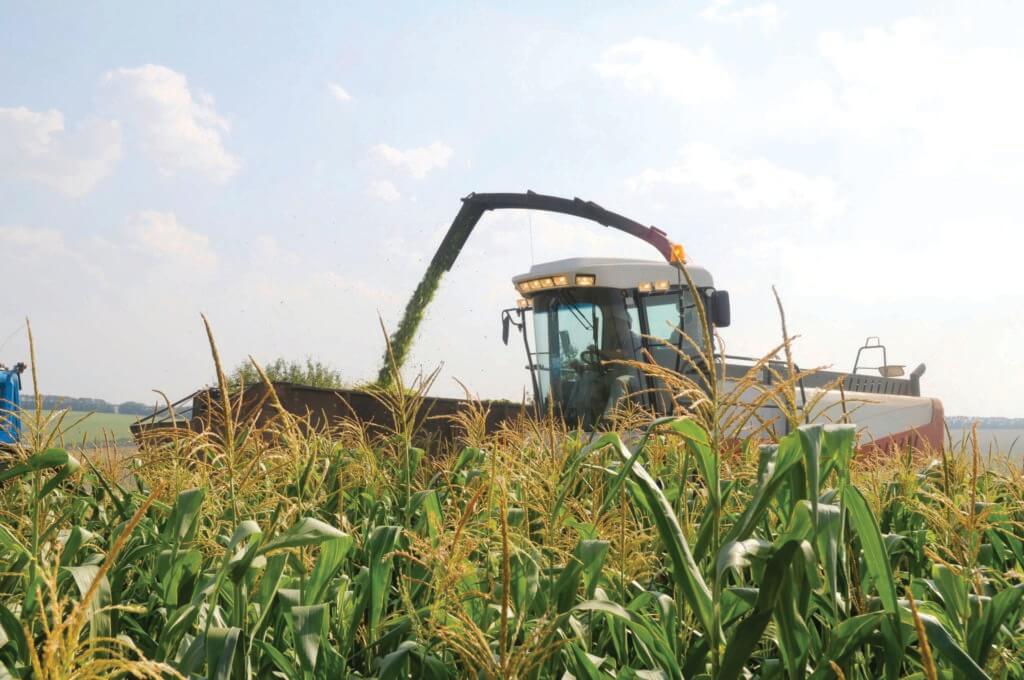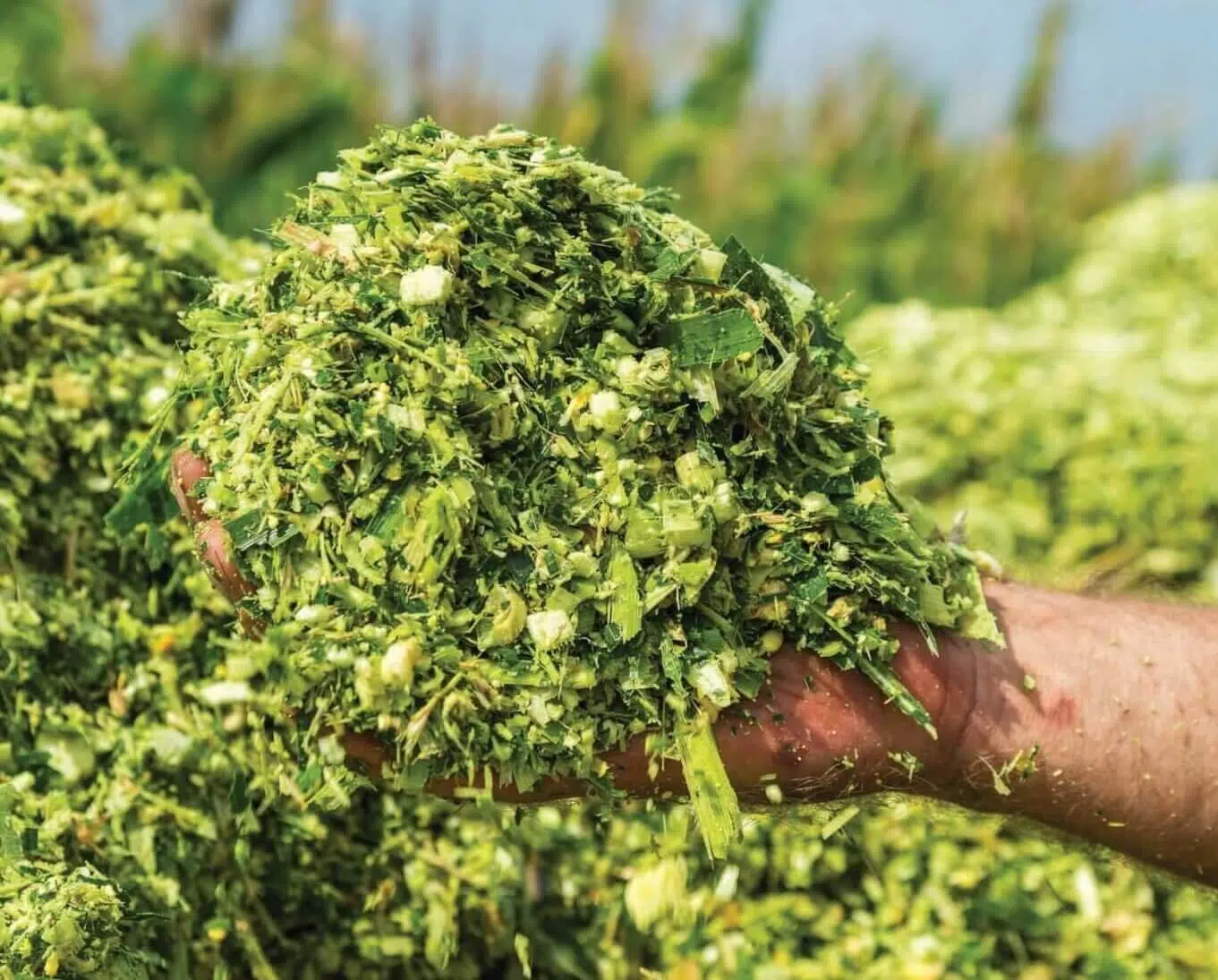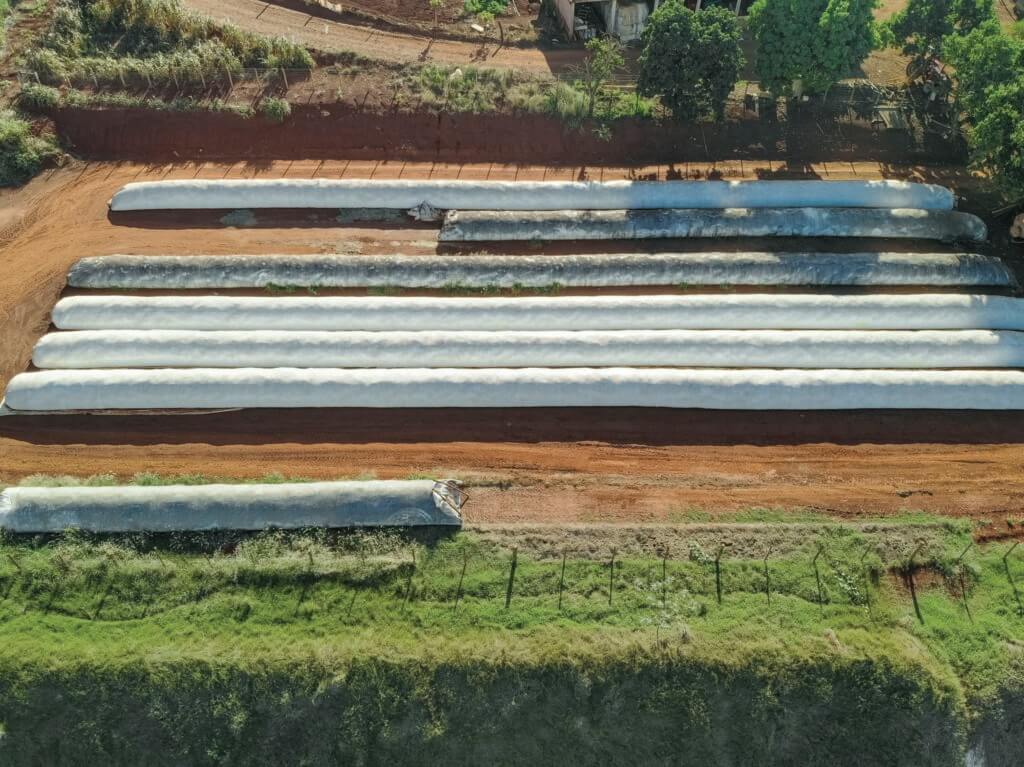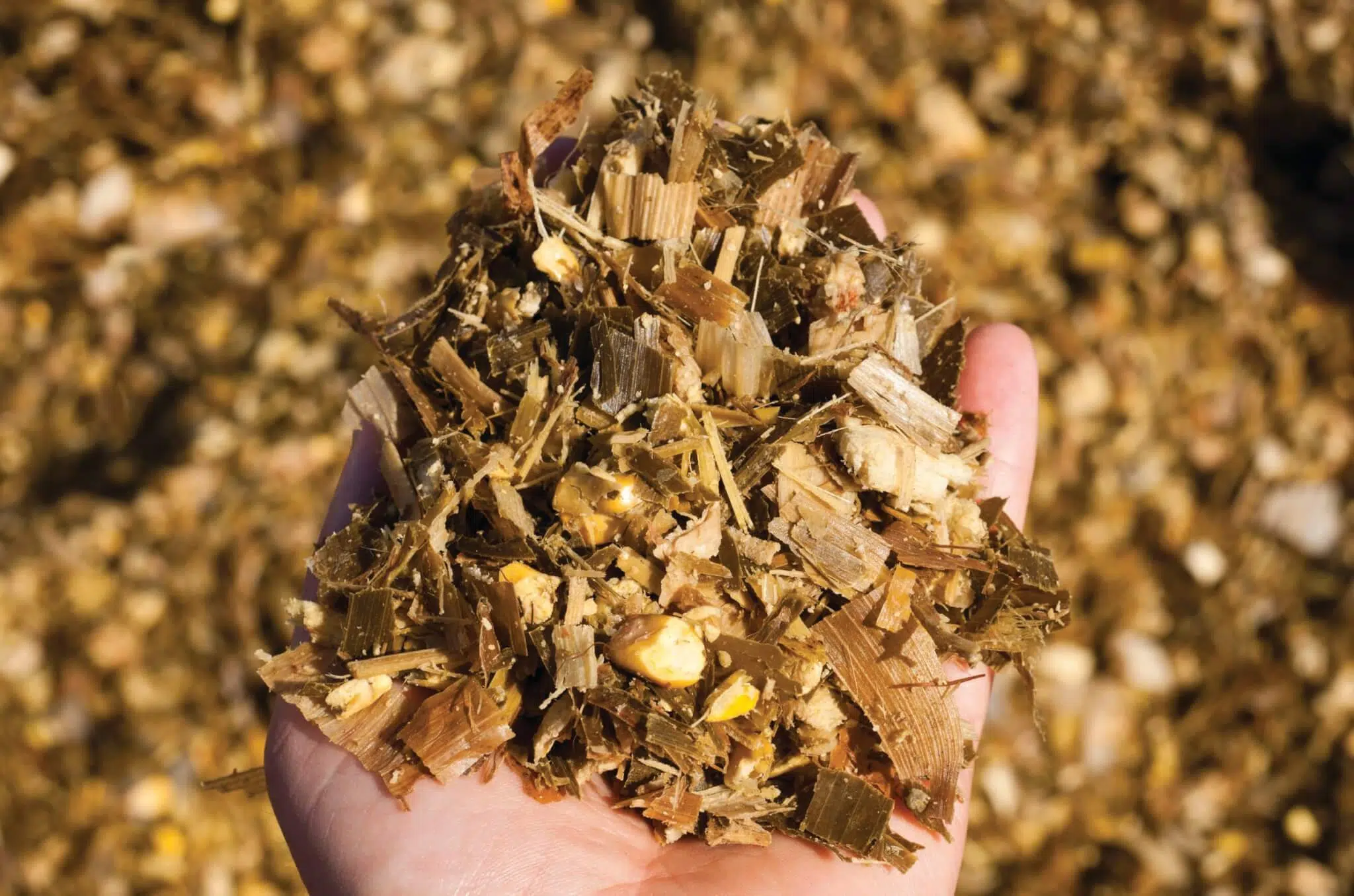We are surrounded daily by hundreds of fungi species of which each produces its own unique collection of metabolites aWe are constantly surrounded by hundreds of fungal species that each produce their own unique collection of metabolites, and that are influenced by various environmental factors. These ever-present microflorae influence almost every aspect of our lives – sometimes in a positive way, such as penicillin, and sometimes negatively, as in the case of mycotoxins. The control and management of mycotoxins is worldwide a multibillion-dollar industry. When it comes to mycotoxins and dairy cows, prevention is definitely better than cure (read more in this article by Elizabeth Kuhn, as published in the April 2021 issue of The Dairy Mail). Although every season is an uphill battle against fungi and, therefore, mycotoxin contamination, there are a few relatively simple principles upon which a good mycotoxin management strategy should be based upon.

Plan your strategy
No strategy will eliminate the risks that mycotoxins hold, but every next step of a good strategy should tend to effectively manage and limit the long-term risks.
Any effective strategy should be able to distinguish between primary and secondary mycotoxin prevention. Primary mycotoxin prevention includes taking steps to decrease fungal contamination on the land before harvesting. It typically involves crop rotation, the use of fungicides and resistant cultivars, as well as the effective control of weed and insect pests. New methods, such as the intentional contamination of crops with non-toxic strains of specific fungi, hold promise for the future.
Crop rotation is not always practically feasible for most dairy farmers that depend on silage. In general, we should distinguish between field-specific and silage-specific fungi. Field-specific fungi that grow on pastures and crops inevitably end up in the silage bunker, which contributes to the risk. The appearance and toxicity of the field-acquired fungi depends on various factors such as climate, season, geographical area, crop type, and spore count in the soil, and spore count can be influenced by crop rotation and tillage methods. Minimum or no-tillage methods can, in certain circumstances, contribute to larger spore counts.
Secondary prevention refers to steps that are taken after harvest, including processing and storage. Heavily contaminated material should, where possible, be removed and destroyed, while proper storage and moisture control are of critical importance for grains. It is almost impossible to inactivate any field-acquired toxins in grains directly after harvesting. This is where the use of effective binders and deactivators in animal feed plays a huge role. Silage offers an effective alternative to prevent further growth and contamination of fungi, but only if it is properly managed.

Silage management
Silage plays an important role as a roughage source in various ruminant diets, especially regarding quantity, but because silage is a high-moisture storage form of roughage, it tends to support fungal growth. Silage is therefore an important contributor to mycotoxins in the animal’s diet. Maize silage also combines the grain and roughage components because potentially a lot of toxins can form in the fields (among others) and end up in the silage.
The toxins that form in silage are, however, within your management control to a large extent, because the fungi that are responsible for their secretion, only get the chance to flourish due to a lack of management and/or incorrect inputs. Therefore, these are preventable. The other good news is that various toxins in well-managed silage bunkers where the silage is stored totally anaerobically can be broken down over a period and are thus detoxified. Some toxins do, however, survive the storage period of silage and can still play a negative role in ruminant nutrition.
It is worth noting that fungi do not secrete mycotoxins in all environments. Mycotoxins are the fungi’s defence mechanism to protect themselves against the environment. When a fungus grows and multiplies aerobically, and it can be observed with the eye, it often is not actively busy secreting toxins. Toxins are rather formed in the area directly beneath the visible fungus, where the fungi are activated through available oxygen but do not actively grow and multiply. That is why simply removing the visibly rotten parts of the top layer of a silage bunker will not solve the problem. In certain circumstances, the area directly under the visibly spoiled layer is rather the area that contains very high levels of mycotoxins. This layer is generally not removed by the farmer, and ends up being fed to the animals.
The question now arises whether oxygen removal is enough to prevent fungal growth and mycotoxin production in silage. Unfortunately, the answer is no and there are many misconceptions about this. The factor that has a greater effect in preventing fungal growth in silage is rather the rate of oxygen removal. The time period that oxygen remains present in silage is of critical importance. Eventually, most silage becomes totally anaerobic, but the last bit of oxygen that is not mechanically removed through processes such as compaction is used by aerobic organisms, which mostly consist of spoilage organisms. They will first grow and multiply before becoming dormant in the anaerobic environment. The problem is that if the oxygen takes too long to be removed, these organisms will multiply to such an extent that it can have a huge impact on the quality of the silage.
This problem especially occurs during the feed-out phase. The number of spoilage organisms that are activated by the available oxygen is a direct cause of the aerobic instability and consequent deterioration that takes place at the face of the silage bunker.

Mycotoxin prevention is the preferred strategy
It is important to realise that mycotoxin contamination can lead to huge problems with intake and can suppress rumen function. Intake is the main driver of productive livestock farming; therefore, anything that suppresses intake is a problem. The same goes for rumen function, because it negatively affects feed conversion ratio. Prevention of such problems, therefore, remains the preferred strategy.
Download the full article in Afrikaans in PDF format here, as published in the June 2021 issue of The Dairy Mail, co-authored by Richardt Venter.
Heinrich Jansen van Vuuren holds a BSc in animal science from the University of Pretoria and is the team lead for amino acids, companion animals, and aquaculture at Chemuniqué.










